Bitcoin’s rise as a global reserve asset
The global push for Bitcoin as a reserve asset is gaining speed, with the US leading the way by establishing a Strategic Bitcoin Reserve in January 2025. By March, an executive order was signed to begin structuring the reserve, signaling a shift in policy direction.
The Strategic Bitcoin Reserve in the US will be funded by Bitcoin (BTC) confiscated from criminal activities and company bankruptcies. The Department of Justice (DOJ) and the US Marshals Service will manage these assets. This action demonstrates a strategic decision to treat Bitcoin as a long-term store of value, similar to digital gold, rather than a short-term asset.
As of March 2025, the US government holds nearly 200,000 BTC. Various states in the US have allowed their public treasuries to invest in Bitcoin, including Texas and Arizona.
Outside the US, El Salvador holds over 6,000 BTC as part of its national reserves, while Bhutan has accumulated more than 12,000 BTC through eco-friendly hydropower mining, representing nearly 40% of its GDP. These actions show a growing global view of Bitcoin as “digital gold,” valued for its limited supply, transparency and ease of transfer.
During times of inflation, currency weakening and geopolitical challenges, Bitcoin’s decentralized and scarce nature is increasingly appealing to governments looking to diversify their reserves. As more countries consider its strategic role, the narrative around Bitcoin is shifting from a speculative investment to a credible tool for economic stability.

What makes Bitcoin digital gold
Bitcoin is often called “digital gold” because it combines the rarity of precious metals with the advantages of digital technology, making it a store of value. Here are a few reasons why Bitcoin earned this name:
- No central authority: Bitcoin is not controlled by any government, bank or company. Like gold, it is independent of centralized control, which protects it from manipulation.
- A limited supply of 21 million: Unlike traditional currencies or commodities that can be produced endlessly, Bitcoin has a fixed limit. It creates scarcity and supports its long-term value.
- High liquidity: Bitcoin can be traded around the clock on global exchanges, providing instant market access. In contrast, gold trading is often tied to business hours and physical logistics, making Bitcoin more accessible and liquid in real time.
- Radical transparency: Every Bitcoin transaction is recorded on a public blockchain. This open ledger system provides a level of transparency that traditional gold markets, often opaque or private, cannot match.
- Digital versatility: Bitcoin moves at the speed of the internet. Whether you’re sending value across borders or integrating with decentralized finance (DeFi) tools, Bitcoin functions in ways gold simply can’t — no vaults, no physical transport.
- Market support: With Bitcoin’s price exceeding $100,000 in value in 2025 and growing acceptance by financial institutions and even governments, its role as a strategic asset in today’s financial system has been solidified.
Did you know? Despite banning crypto trading, China still holds 194,000 BTC from Ponzi schemes like PlusToken, making it the world’s No. 2 governmental Bitcoin holder.
India’s unique position on the acceptance of Bitcoin
As global powers explore Bitcoin-backed reserves, India stands at a pivotal moment. In such a scenario, India is well-positioned to integrate Bitcoin with its financial strategy. At a time when apprehensions about global inflation are rising, including Bitcoin in the national financial strategy has become imperative.
Here is brief information about various components of India’s economic standing:
- Economic goals: India has well-defined economic goals, which are reflected in its pursuit of a $5-trillion economy by 2025-2026. The country has a strong macroeconomic foundation backed by a sound banking system, which has the ability to lend.
- Technological goals: The technological strength of the country is showcased by an 87% fintech adoption rate, surpassing the global average of 67% and a robust user base of over 650 million smartphone users.
- Strategic digital infrastructure: India’s existing digital public infrastructure, including the Aadhaar identity system, Unified Payments Interface (UPI) and e-RUPI, already supports real-time, cashless and identity-verified transactions. This infrastructure could be extended to support Bitcoin integration at scale, potentially positioning India as a global leader in secure, regulated crypto infrastructure, much like it has with fintech.
- Energy strengths: India’s focus on renewable energy, particularly solar and hydro in states such as Gujarat and Himachal Pradesh, respectively, supports sustainable Bitcoin mining. These green energy grids enable eco-friendly mining that is aligned with environmental goals, allowing India to pursue Bitcoin accumulation responsibly.

- Policy and regulation: India’s current 30% tax on crypto gains, 4% cess, 1% tax deduction at source (TDS) and 18% GST on Bybit highlight an evolving but unfavorable regulatory framework. As a G20 leader and an International Monetary Fund participant, India has a role to play in shaping global policy. With the emergence of Bitcoin as a capital asset, India must craft balanced regulations rather than dismissing it outright.
- Political support: While the regulatory environment isn’t yet conducive to Bitcoin, some recent statements of political leaders demonstrate growing interest in the cryptocurrency. Pradeep Bhandari, the spokesperson for India’s ruling Bharatiya Janata Party (BJP), has proposed a pilot Bitcoin reserve to strategically enhance the nation’s economic resilience. Subramanian Swamy, another prominent BJP leader, has also advocated for India to transition to crypto. India’s Economic Affairs Secretary, Ajay Seth, stated in an interview, “More than one or two jurisdictions have changed their stance towards cryptocurrency in terms of the usage, their acceptance, where do they see the importance of crypto assets. In that stride, we are having a look at the discussion paper once again.”
Did you know? Bhutan has mined 8,500 BTC using hydroelectric power for its national reserve; unlike most nations, it earned its stash directly via green mining.
Key risks and considerations when creating a Bitcoin National Reserve
As Bitcoin gains attention for national reserves globally, India must carefully assess significant risks before adopting it as a strategic asset:
- Volatility: Bitcoin’s price can fluctuate sharply. For a sovereign reserve, this volatility introduces potential equity shocks, particularly during global or domestic financial instability.
- Regulation: Incorporating Bitcoin into reserves requires robust oversight. Clear regulations are vital to maintain public trust, manage risks and meet international financial standards.
- Energy and technology: Large-scale Bitcoin mining or custody demands reliable energy and advanced cybersecurity. Power outages or weak digital systems could jeopardize operations and reserve security.
- Environmental concerns: Hydropower and solar energy notwithstanding, unsustainable mining could harm ecosystems. Comprehensive environmental evaluations are essential to avoid long-term damage to water and forest areas.
While the upside is compelling, a Bitcoin reserve strategy in India must be cautious, regulated and environmentally conscious to succeed.
Did you know? Sovereign wealth funds and governments globally now hold about 530,000 BTC (2.5% of the total supply), signaling growing strategic allocation.
What India can learn from Bhutan, El Salvador and the Bahamas
As India weighs the future of digital currencies, whether through Bitcoin reserves, central bank digital currency (CBDC) innovation or regulatory clarity, it can draw valuable lessons from three small nations that have taken bold, divergent paths: Bhutan, El Salvador and the Bahamas. Their successes, stumbles and structural experiments offer a roadmap for India to move forward with caution and clarity.
Bhutan
Nestled in the Himalayas, Bhutan has quietly emerged as one of the most forward-thinking countries in terms of Bitcoin strategy. Since 2020, it has harnessed its abundant hydroelectric energy to mine Bitcoin sustainably. Rather than selling the mined BTC, Bhutan has strategically chosen to hold it, accumulating reserves that now reportedly exceed $1 billion, a significant percentage of its GDP.
For India, Bhutan’s approach highlights two critical insights:
- Leverage renewable energy assets, particularly in states such as Himachal Pradesh, Uttarakhand and Ladakh, to mine Bitcoin with a minimal carbon footprint.
- Use Bitcoin as a sovereign asset — not for everyday transactions, but as a long-term hedge or counter-cyclical reserve.
El Salvador
In stark contrast, El Salvador made global headlines by declaring Bitcoin legal tender in 2021. The decision aimed to promote financial inclusion, attract foreign investment and reduce remittance costs. But the ground reality didn’t match the ambition.
Adoption by the public remained low. Government-issued Bitcoin wallets saw initial interest, largely driven by a one-time incentive, but daily usage quickly declined. Technical problems, lack of digital literacy and price volatility led many to abandon the system. Eventually, under pressure from international institutions and growing economic strain, El Salvador rolled back Bitcoin’s legal tender status in 2025.
India must take heed:
- Policy cannot substitute for infrastructure, education or trust.
- Making Bitcoin a legal tender without widespread understanding and secure infrastructure risks public confusion, capital flight and reputational damage.
- A reserve-based approach, rather than a transactional one, may be far more suitable.
The Bahamas
As the first country to launch a retail CBDC, the Bahamas hoped its Sand Dollar would enhance financial inclusion across its many remote islands. But four years after its launch, adoption remains extremely low. Most citizens and businesses continue to rely on traditional payment methods or cash.
The reasons are instructive:
- There was no clear incentive for users to switch.
- Banks and merchants were slow to integrate the Sand Dollar infrastructure.
- Public trust in digital currency management remained weak.
- Government efforts to compel adoption, by requiring banks to support it, were met with resistance.
For India, which is actively piloting its own CBDC, the lesson is clear: Digital currency succeeds only when it offers tangible benefits to users. Security, ease of use, merchant integration, privacy protections and public trust must be built before scale can follow.
So, India doesn’t need to be the first to experiment with Bitcoin or CBDCs, but it must be among the most thoughtful. Bhutan shows the value of quiet accumulation and sustainability. El Salvador reminds policymakers that boldness without infrastructure can backfire. The Bahamas demonstrates that digital currency, no matter how well-intentioned, must first win the public’s trust.
By learning from these global pioneers, India can craft a measured, innovative and stable approach, embracing digital finance not as a gamble but as a well-governed evolution of its economic architecture.

 7 hours ago
1
7 hours ago
1

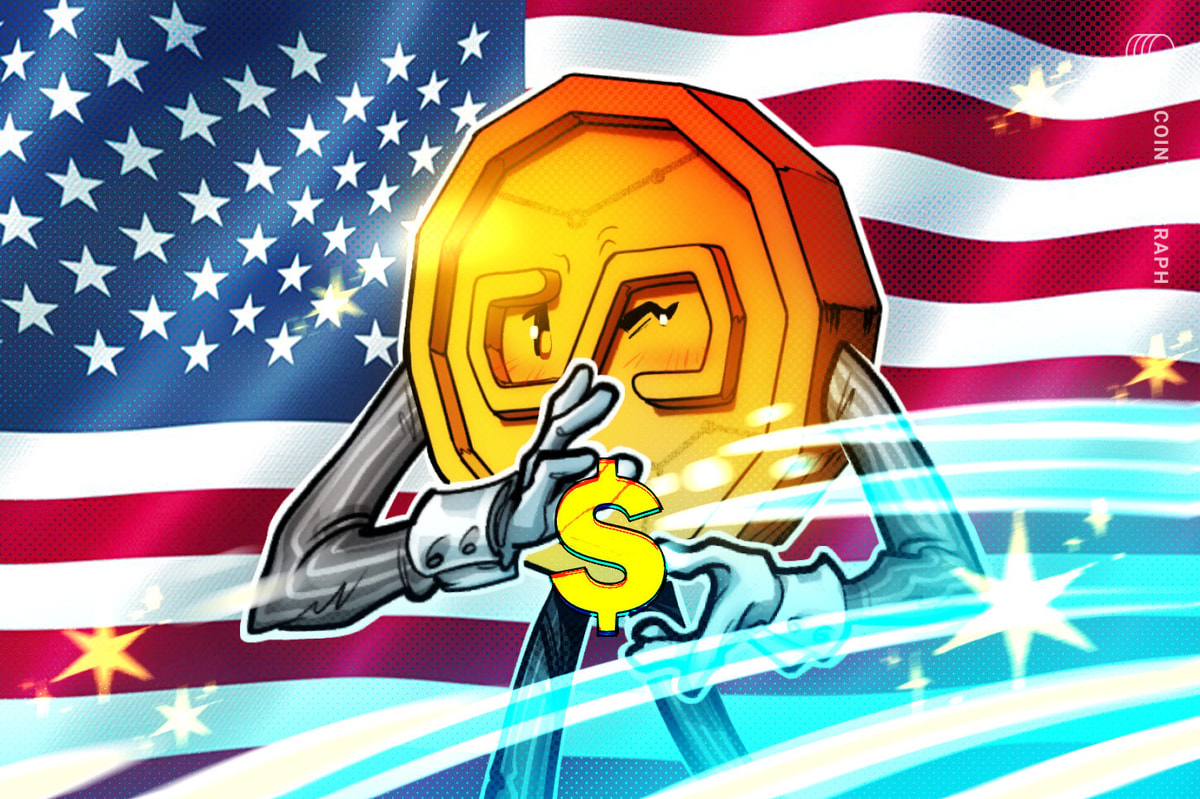

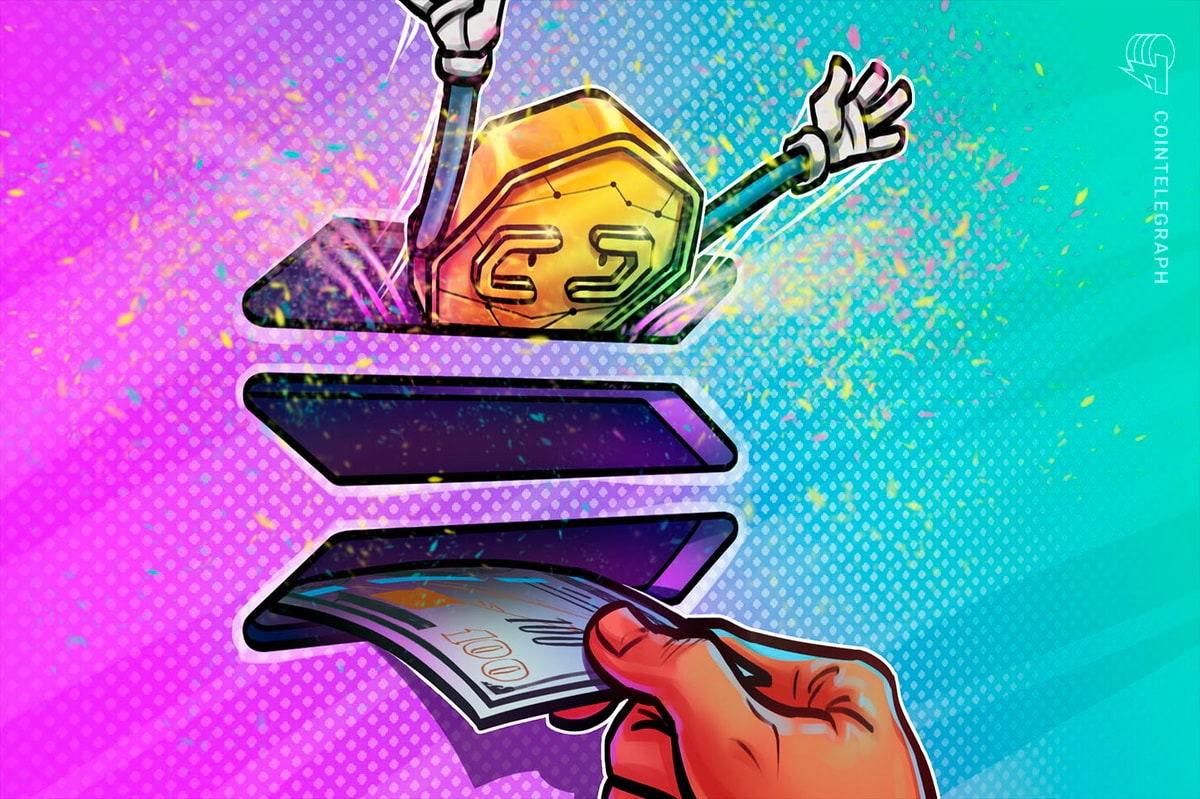


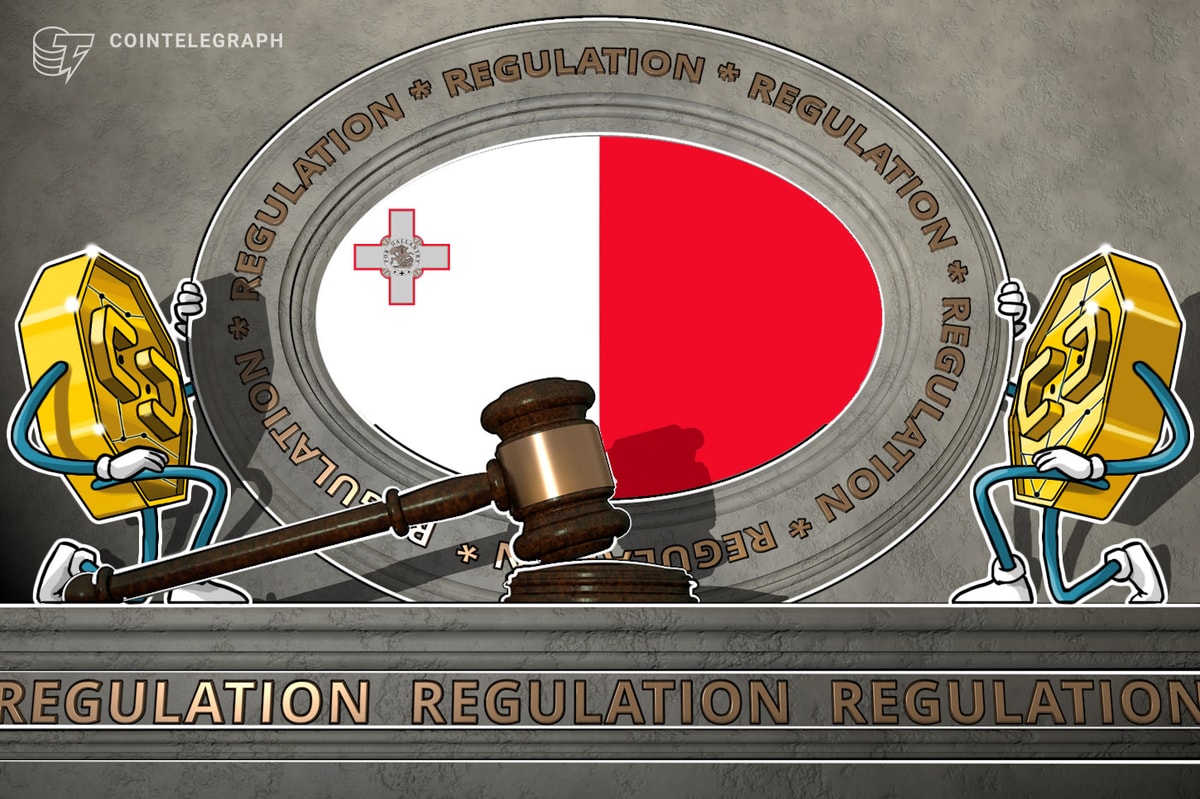



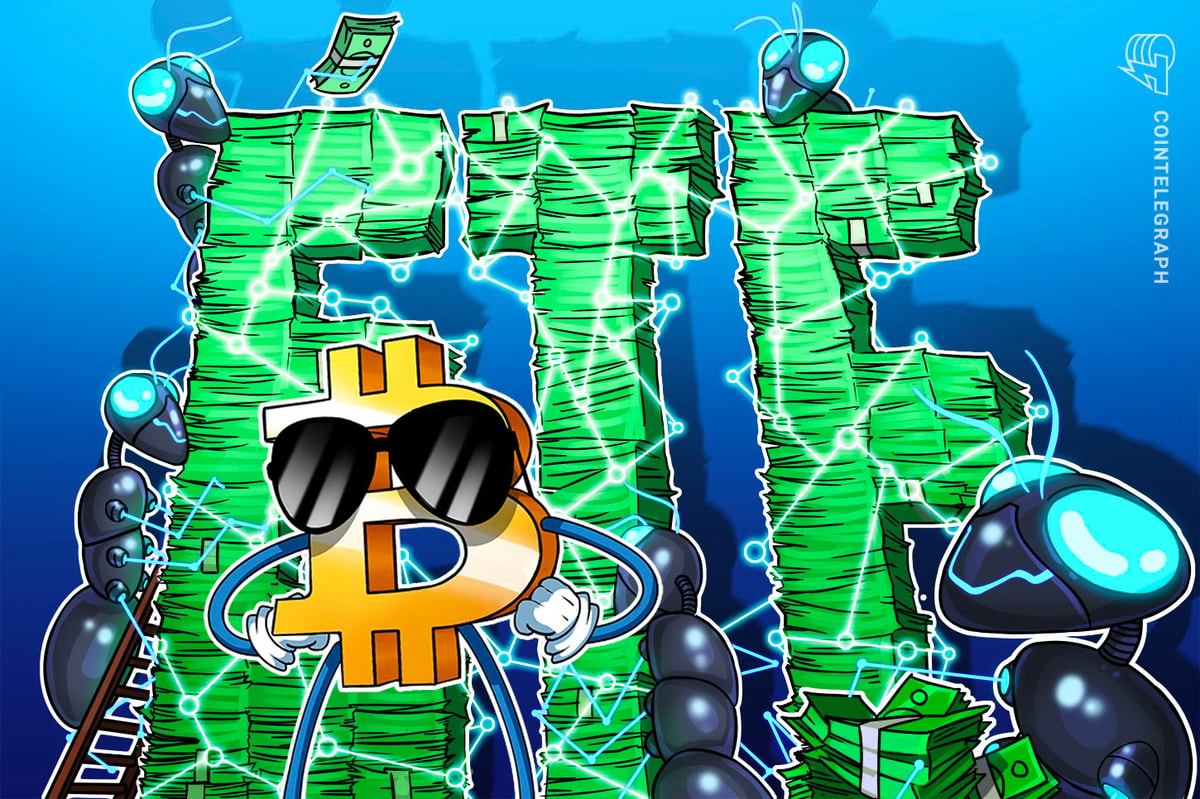


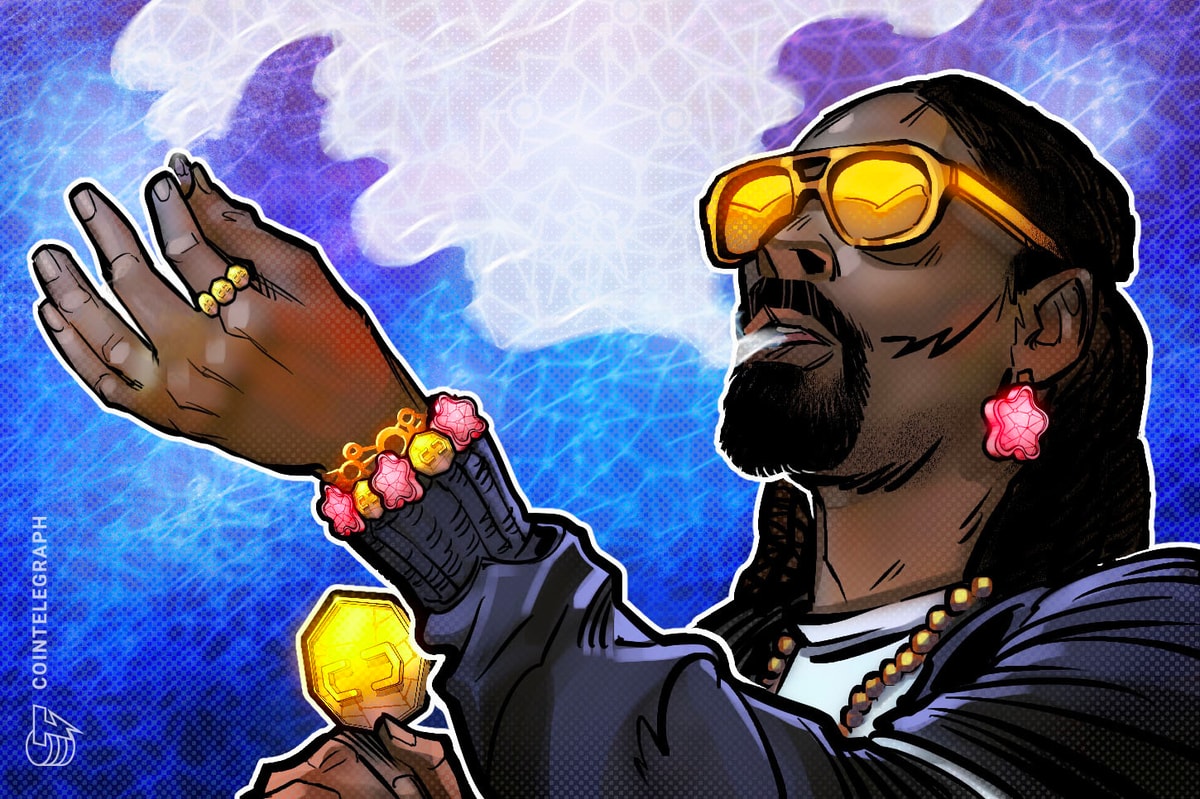
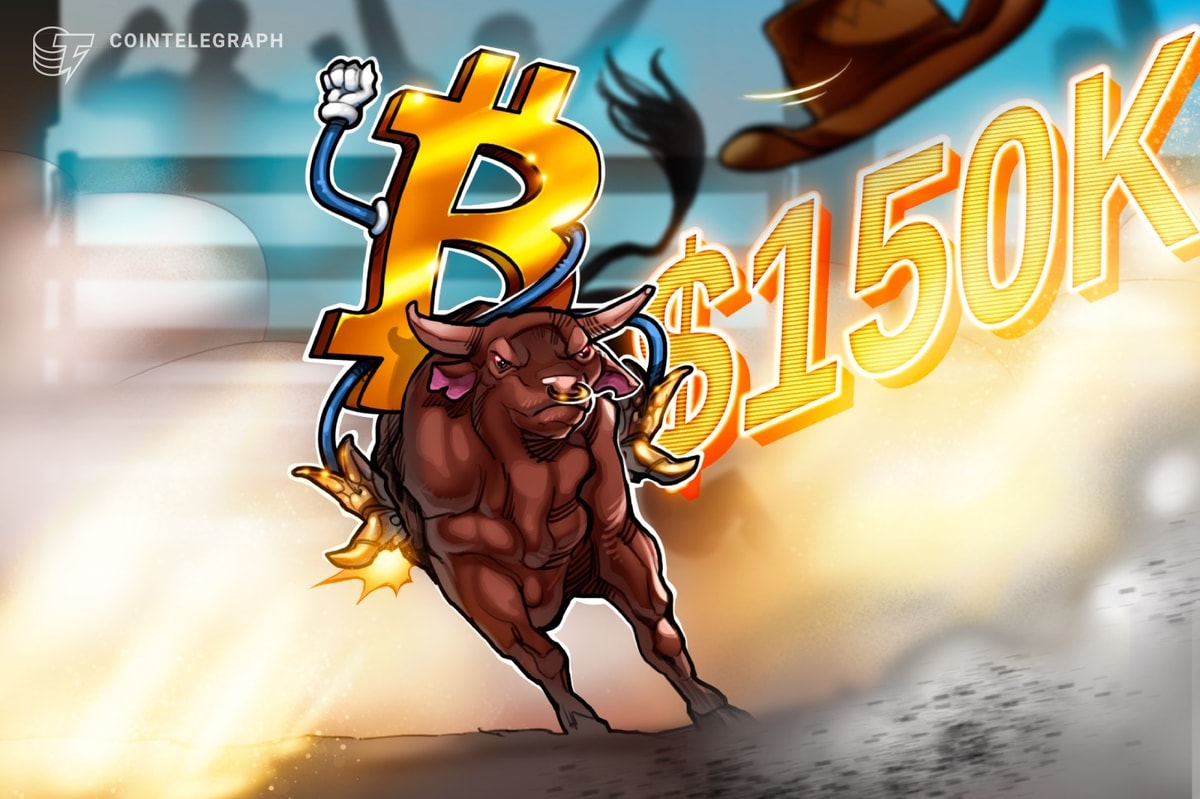







 English (US) ·
English (US) ·